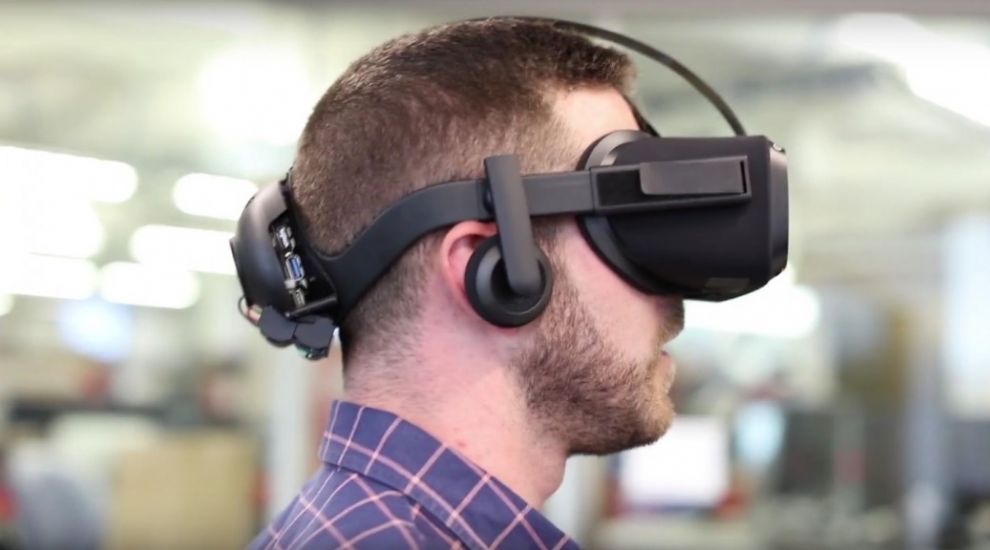
Virtual reality giant Oculus thinks it has found the future of the platform after previewing a completely wireless headset prototype at its developer conference.
The Facebook-owned firm introduced the Santa Cruz, a headset that doesn’t require a connection to a PC or games console that is currently needed in order to power high-performance virtual reality experiences, such as those found on the Oculus Rift and its rivals HTC Vive and PlayStation VR.

The Oculus Rift Touch controllers were also confirmed for launch on December 6, with consumers now able to pre-order the controllers should they wish to do so.
An expanded social aspect to Oculus was also unveiled, where users will be able to create and customise avatars of themselves.
Virtual reality has exploded into the mainstream this year, making its way into living rooms for the first time and reaching more people than ever. That was evident in the largest developer conference Oculus has ever held, with around 3,000 developers on hand at Connect 3. Here is the news you need to know about.
Potentially the biggest step forward in VR to date, the Santa Cruz wireless prototype could be a game changer. The key to it is that rather than being dependent being connected to a powerful gaming laptop – in the way both the Rift and Vive both do currently – or a console like PlayStation VR, Santa Cruz has all the processing power built right into the headset.
The key to all this is the phrase “inside-out tracking”, something which is becoming a Holy Grail of sorts in the VR world. It refers to the ability to track a headset without the need for external sensors, so the headset can do all the necessary processing of in-game positioning itself.
The cord-cutting nature of the development would be a huge step forward for VR, giving it a new level of freedom not seen before. However, it shouldn’t be seen as the end of PC-connected VR just yet. On stage at the Oculus conference, Facebook chief Mark Zuckerberg said the initial aim of Santa Cruz was to establish it as a mid-range alternative rather than a replacement for other forms of VR.
There’s no word yet on when Oculus might be ready to more deeply discuss Santa Cruz, but there’s early promise here.
The hardware the Rift has been badly in need of are very nearly here. Pre-orders are now open for the Rift Touch controllers – which essentially give players hands in the VR world.
This is a big deal for Oculus because a similar controller set-up comes in the box of big rival HTC Vive, while PlayStation VR users are able to pair PS Move controllers with Sony’s system to create the same effect.

This has left Oculus trailing when it comes to immersive and intuitive controls for use in VR. That will change on December 6, but it will cost you $199, which seems steep.

Mark Zuckerberg said earlier this year that he felt virtual reality would be the next big social platform, and the creation of Oculus Avatars feels like a step towards that idea.
Users can now create a VR identity for themselves, complete with more than a billion permutations, Oculus says – including clothing, accessories and textures.
These will come in handy in Oculus Parties and Rooms, new areas where users will be able to interact with one another using voice calls. They’ll support up to eight participants, while rooms will enable users to meet up with friends in a VR space and play games or watch movies together. Crucially, this is coming to Gear VR as well as Rift.